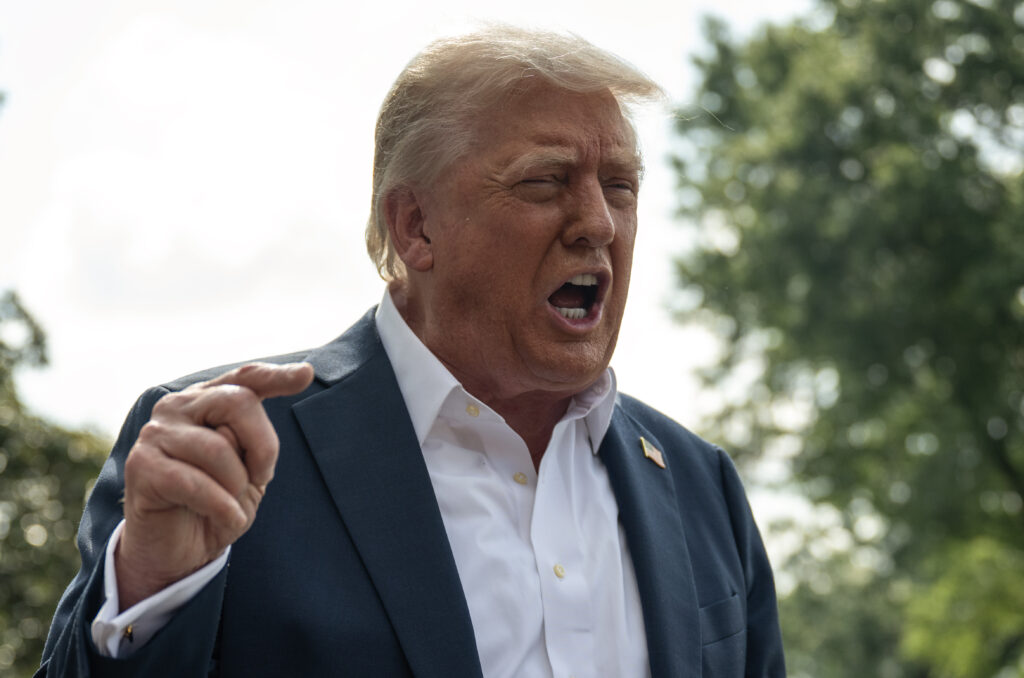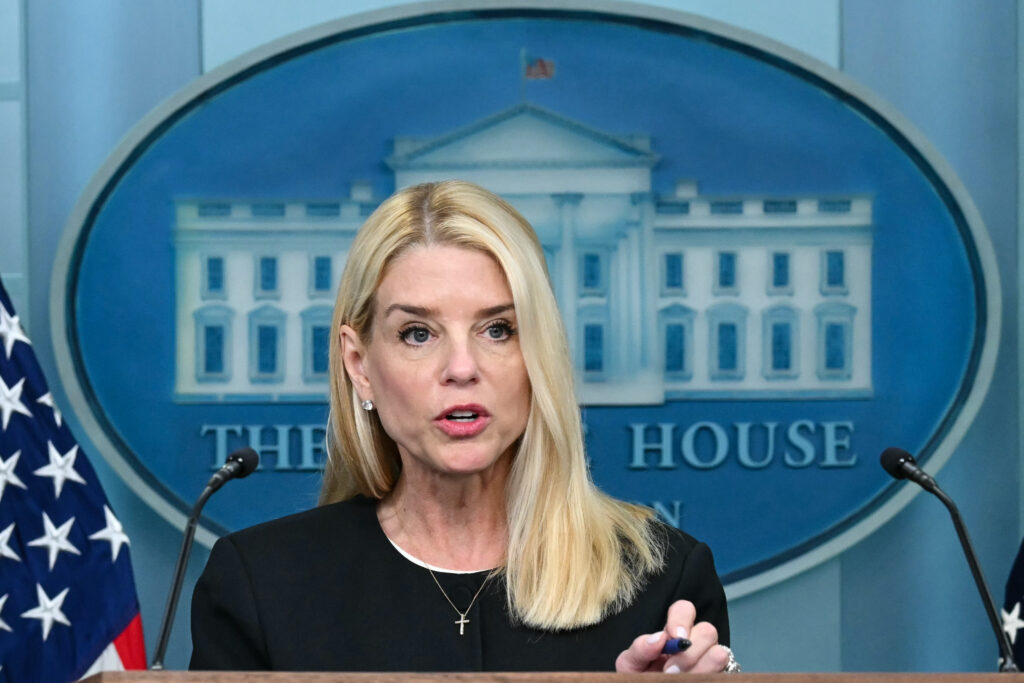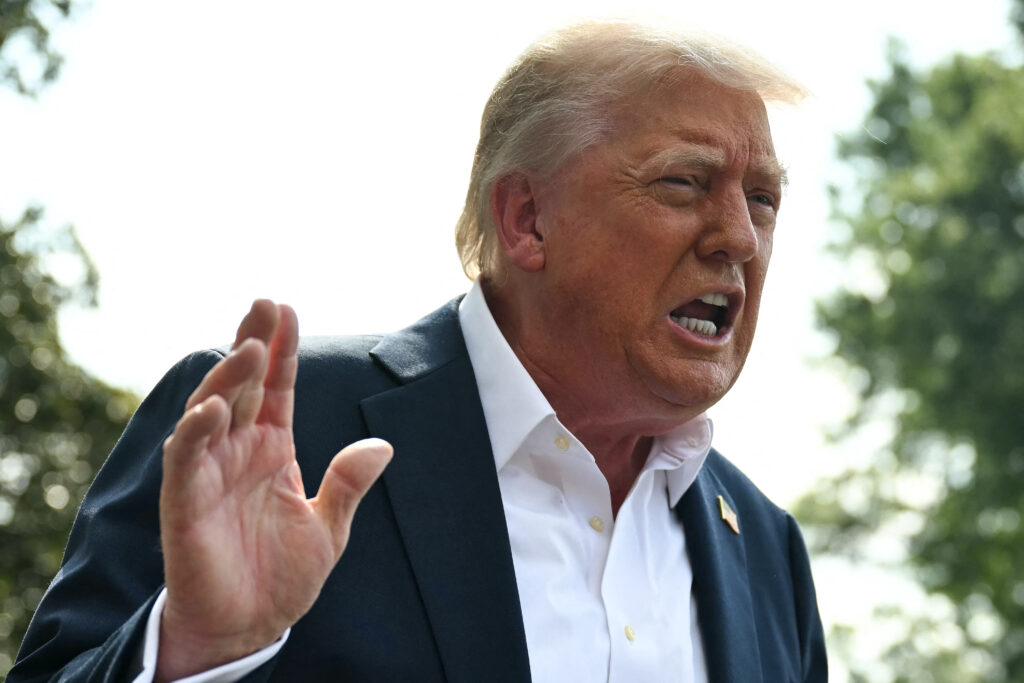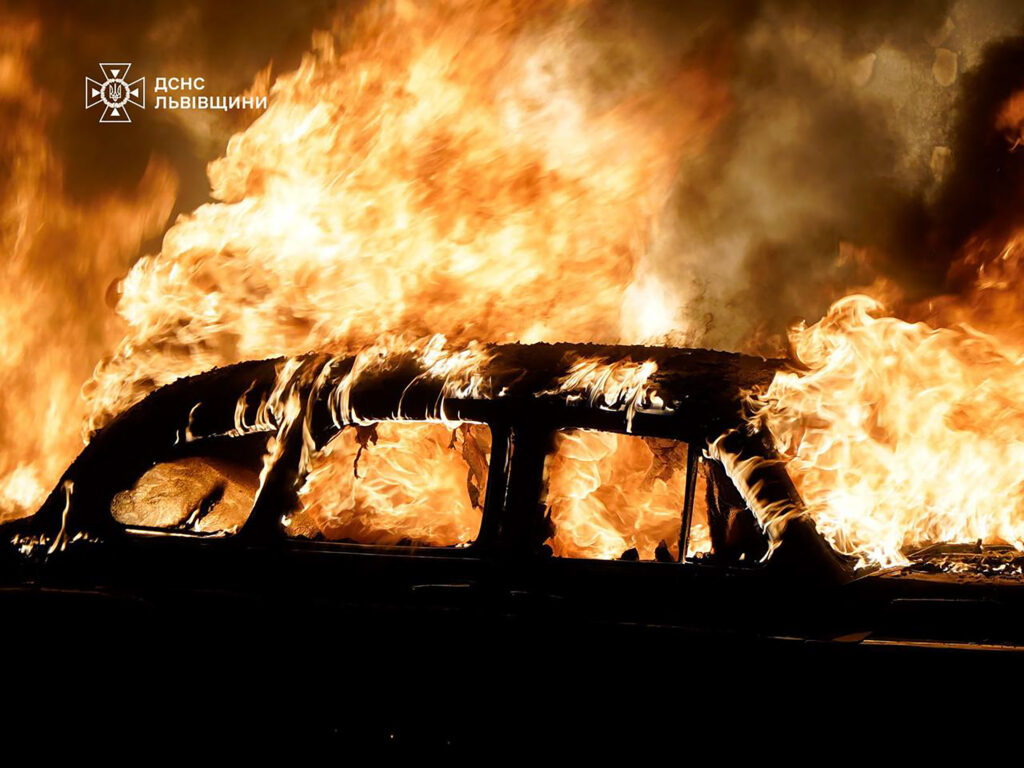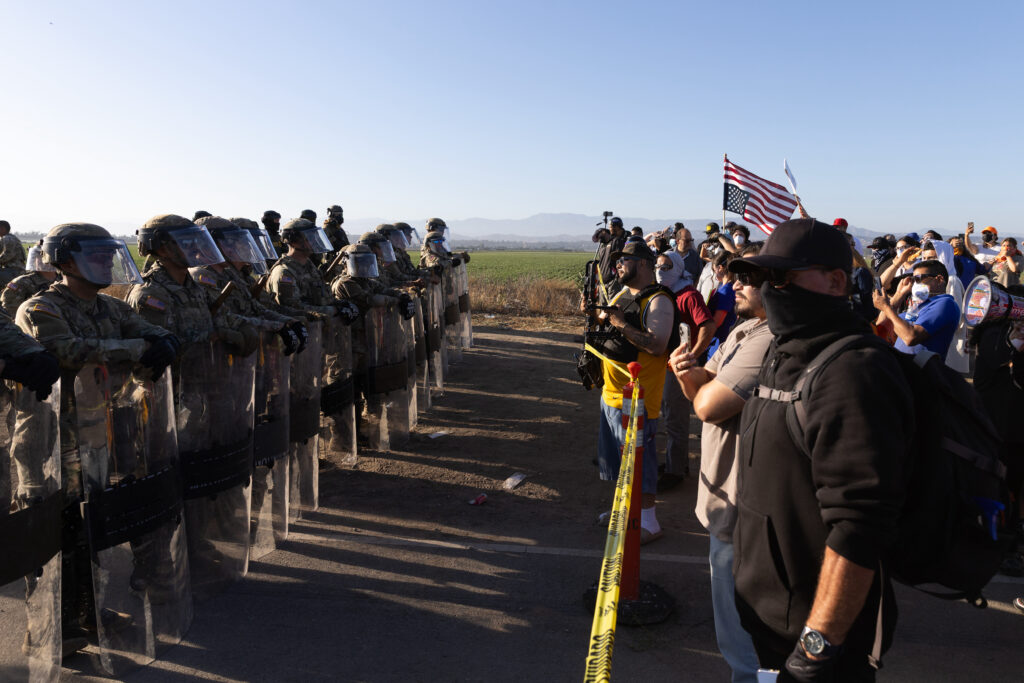Trump calls for MAGA base to end ‘Epstein Files’ obsession
President Donald Trump urged his political base on Saturday to stop attacking his administration over files related to notorious sex offender Jeffrey Epstein, a case that has become an obsession for conspiracy theorists.Trump’s Department of Justice and the FBI said in a memo made public last week there was no evidence that the disgraced financier kept a “client list” or was blackmailing powerful figures.They also dismissed the claim that Epstein was murdered in jail, confirming his death by suicide at a New York prison in 2019, and said they would not be releasing any more information on the probe.The move was met with incredulity by some on the US far-right — many of whom have backed Trump for years — and strident criticism of Attorney General Pam Bondi and FBI Director Kash Patel.”What’s going on with my ‘boys’ and, in some cases, ‘gals?’ They’re all going after Attorney General Pam Bondi, who is doing a FANTASTIC JOB!” Trump said Saturday in a lengthy post on his Truth Social platform.”We’re on one Team, MAGA, and I don’t like what’s happening. We have a PERFECT Administration, THE TALK OF THE WORLD, and ‘selfish people’ are trying to hurt it, all over a guy who never dies, Jeffrey Epstein,” he added, referring to his “Make America Great Again” movement. Many among the MAGA faithful have long contended that so-called “Deep State” actors were hiding information on Epstein’s elite associates.”Next the DOJ will say ‘Actually, Jeffrey Epstein never even existed,'” furious pro-Trump conspiracy theorist Alex Jones tweeted after last week’s move. “This is over the top sickening.”Far-right influencer Laura Loomer called for Trump to fire Bondi over the issue, labeling her “an embarrassment.”But on Saturday, Trump came to the defense of his attorney general, suggesting that the so-called “Epstein Files” were a hoax perpetrated by the Democratic Party for political gain, without specifying what benefits they hoped to attain.On Saturday, Trump struck an exasperated tone in his admonishment of his supporters.”For years, it’s Epstein, over and over again,” he said. “Let’s…not waste Time and Energy on Jeffrey Epstein, somebody that nobody cares about.”The US president called for Patel and Bondi to instead focus on what he terms “The Rigged and Stolen Election of 2020,” which Trump lost to Joe Biden.The Republican has repeatedly perpetuated unfounded conspiracy theories about his loss being due to fraud.He called for the FBI to be allowed to focus on that investigation “instead of spending month after month looking at nothing but the same old, Radical Left inspired Documents on Jeffrey Epstein. LET PAM BONDI DO HER JOB — SHE’S GREAT!”Trump, who appears in at least one decades-old video alongside Epstein at a party, has denied allegations that he was named in the files or had any direct connection to the financier.”The conspiracy theories just aren’t true, never have been,” said FBI Director Patel on Saturday, hours before Trump’s social media post.Not everyone, however, seemed to be on the same page.US media reported that Dan Bongino — an influential right-wing podcast host whom Trump appointed FBI deputy director — had threatened to resign over the administration’s handling of the issue.
